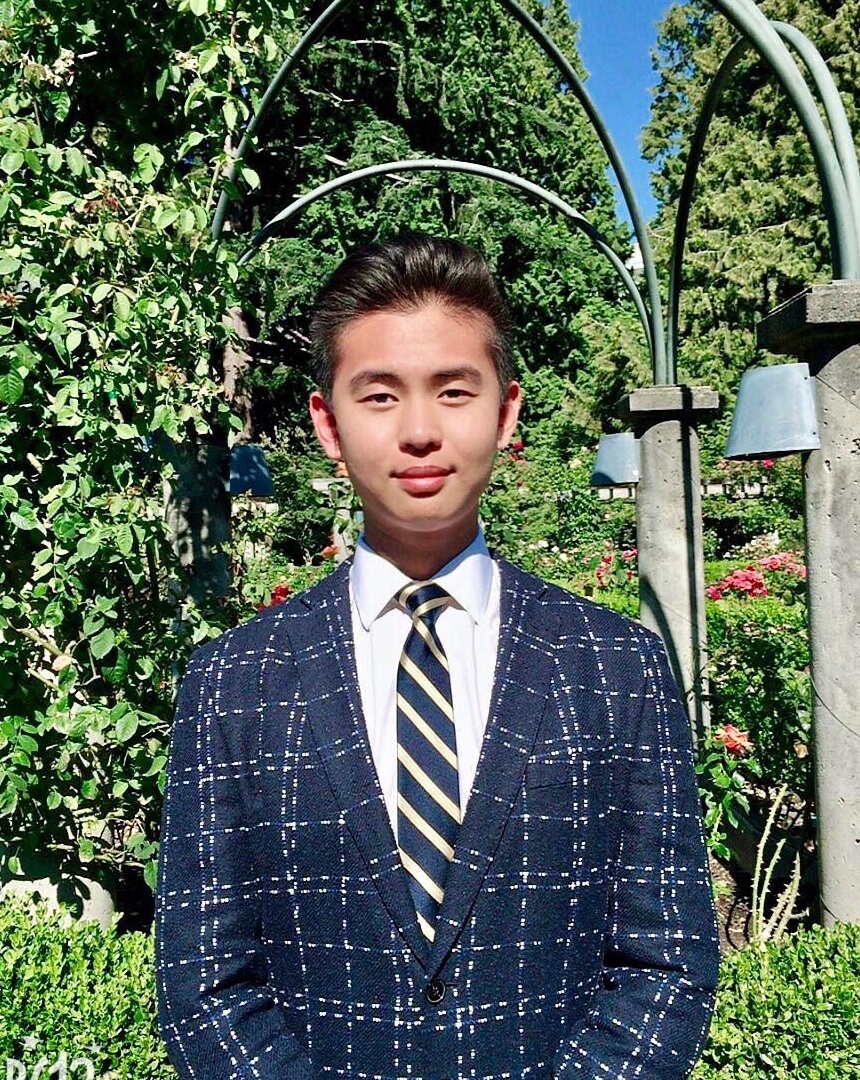Chair
Tony Zhang
Tony is a Junior at St. George’s School. He has been involved extensively in activities both inside and outside Saints. In school, you can find him running on the track, participating in student government and fundraising, designing 3D media art projects, and, most enjoyably, inspiring students with motivational speeches. Outside of class, Tony enjoys rowing on the school team, as well as participating in charity events and volunteer works for multiple organizations. With his care for his fellow students and others, Tony hopes that he can use his words and humour to make a positive difference in his community. Most importantly, Tony finds the most of himself during Model United Nation conferences. MUN has allowed him to reach beyond his comfort zone and seek out new challenges. After 3 years of participating in MUN conferences, Tony changed from a reticent and immature Grade 8 student to a gregarious and optimistic young man. As the Chair of the United Nations International Children’s Emergency Fund (UNICEF) at PacificMUN 2019, Tony is excited to meet other passionate young leaders of tomorrow, while working and learning along with them in order to spread the influence of Model United Nations throughout the community.




